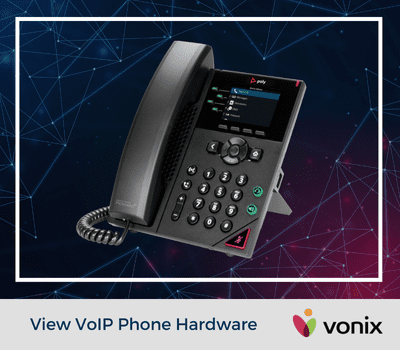This post originally appeared on the Tethr blog.
The way your company handles a support request has lasting impacts. Whether a customer has a routine question or is experiencing a more complicated issue, how you respond dictates their impression of you. This affects the rest of their lifecycle, including if they want to continue doing business with you and how likely they are to recommend you to others.
On the business side, access to advanced calls means that support agents are under more pressure than ever before to quickly manage calls. One of the most common metrics support teams are graded on is call time.
Remember that speed doesn’t necessarily equal better results. If your agents aren’t able to focus their attention on each customer and have meaningful conversations, then you could be sacrificing a great relationship. Relationship building can lead to referrals, repeat customers and increased lifetime.
Great customer support is intentional, not accidental. Here are three call statistics to focus on that have a bigger impact on your support strategy than call time.
1. First Call Resolution
When a customer calls your service line, they want their issue resolved the first time. Only 3 percent of your callers will churn when they receive the answers they need the first time. But a whopping 38 percent of customers will churn if their issue isn’t resolved the first time.
If your support team isn’t solving problems on the first call, there are a few areas for you to audit:
- Training of support staff to handle issues without escalation
- Product testing to eliminate ongoing issues for your customers
- Developing troubleshooting steps to keep callers on the line until the issue is resolved
There are additional benefits to all three of these areas. By empowering your staff to completely resolve calls, you’ll free up your senior team to focus on bigger issues. And more product testing means all your customers’ experiences will improve – not just for those who call in.
Meanwhile, more thorough troubleshooting will cause your call time to increase. In other words, the amount of time spent on the phone shouldn’t carry so much weight.
2. Service Level Agreement (SLA)
In customer service, the SLA refers to the agreed upon response and resolution time for customers. When they have an issue, how long will it take for them to get it solved either through service tickets or phone calls?
One standard that is used across industries is commonly 80/20. This refers to the idea that 80 percent of phone calls are answered within 20 seconds. Instead of simply adopting this metric (which is decades old), it’s important to take the time to develop your own SLA for your business. It’s likely that your callers today have much less patience than those in the 1980’s.
Once defined, your call SLA numbers can inform other areas of your business so you’re providing the best support for your clients. With a service level agreement, you’ll:
- Learn if you have enough resources to keep up with demand (both people and tools)
- Discover whether you need to update features such as IVR menus to connect callers to the right place faster
- Increase customer satisfaction and reduce abandonment by setting and meeting expectations
By monitoring and meeting your SLA, you’ll be able to keep your customers happy and improve satisfaction. At the end of the day, customers want their problems resolved as quickly and easily as possible.

3. Customer Effort Score (CES)
The Customer Effort Score refers to how much effort a customer has to exert to get their request fulfilled. This can refer to getting problems solved, questions answered or products purchases. How easy or difficult was it for the customer to complete their task?
A lower customer effort score means that it was easy for your customer to complete the task they set out to do. Lower effort is related to higher retention, lower abandonment and increased spend over time.
CES is often measured through a survey after the customer’s request is fulfilled. The survey asks: “how easy was it to interact with this company?” Organizations can only learn customer effort at a very high level through surveys, not to mention that this method relies on customers self-reporting data – which isn’t the most reliable gauge. Today, customers are so over-surveyed that the last thing they want is another survey.
To get the most out of your customer effort score, it should be measured throughout the entirety of your customers interactions with you. That’s where AI listening comes in to uncover effort business insights. A few indicators of high customer effort include:
- A customer expressing that they already tried to use another channel
- An agent conveying uncertainty around resolving issues
- A customer expressing frustration
Tethr uses over 200 independent variables and thousands of phrases to identify high effort calls and notify users on how they can make the customer experience better. Learn more about the Tethr Effort Index approach to CES.
Stop defining successful customer interactions by the speed of the call, and start evaluating them based on the overall customer experience. By focusing on the metrics that matter to your end user, you’ll increase retention, cut down on abandonment, build lasting client relationships and learn more about your customers. This results in happier, more loyal clients.










